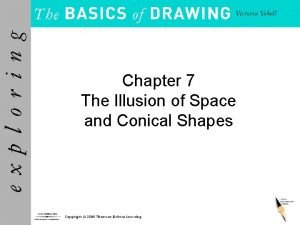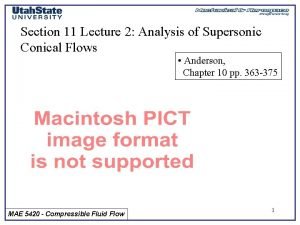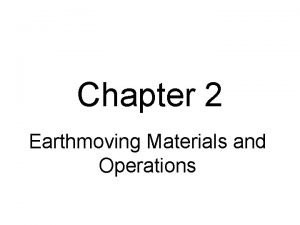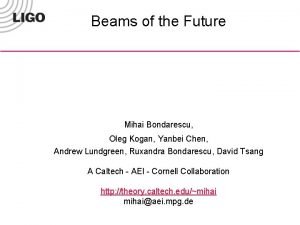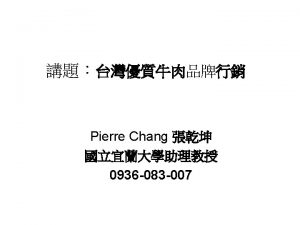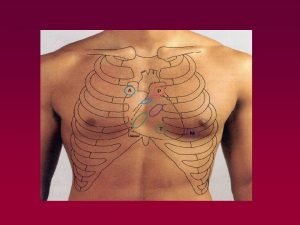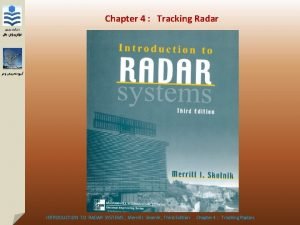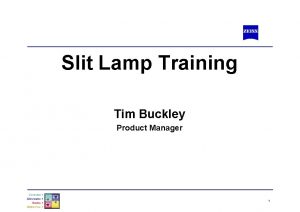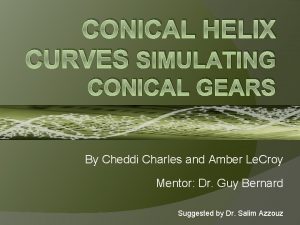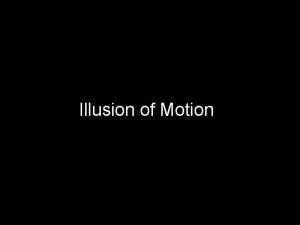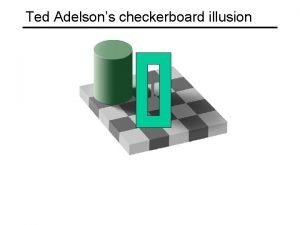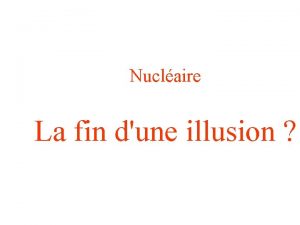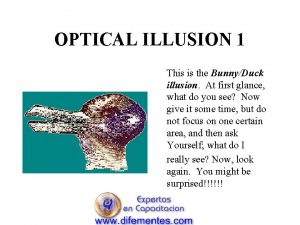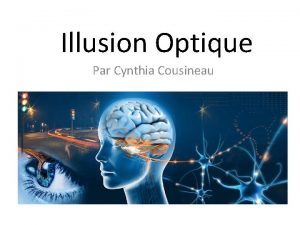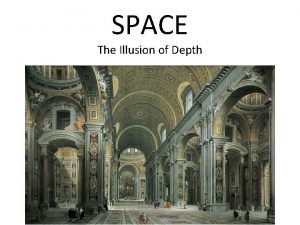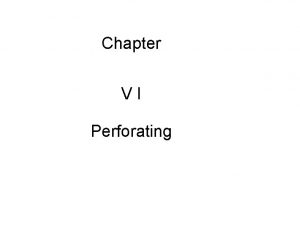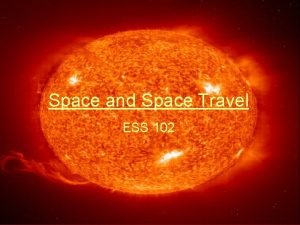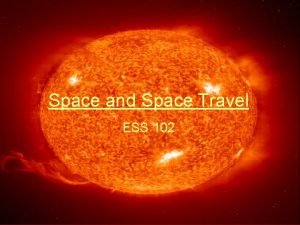Chapter 7 The Illusion of Space and Conical












- Slides: 12

Chapter 7 The Illusion of Space and Conical Shapes

Objectives (1 of 2) • Create the illusion of space in drawing by using relative size, vertical placement on the page, overlapping of objects, and contrast in values. • Establish a foreground, middle ground, and background in drawings.

Objectives (2 of 2) • Perceive the underlying conical shape of many everyday objects. • Create an accurate line drawing of a cone whether it is standing upright or lying on its side. • Render the volume of a conical object using shading.

The Illusion of Space • Foreground: nearby • Background: far away • Middle ground: in between

Creating the Illusion of Space (1 of 2) • Relative size: smaller says “farther” • Placement: closer to horizon line says “farther”

Creating the Illusion of Space (2 of 2) • Overlapping: partially obscured says “farther” • Value contrast: smaller range of values says “farther” • INSERT FIG 7 -05

Upright Cones (1 of 2) • Draw a vertical center guide line to keep your cone from becoming lopsided.

Upright Cones (2 of 2) • Draw a horizontal plumb line to determine the shape of the ellipse.

Cones on Their Sides • Draw a center guide line from tip through the widest part of the ellipse. • Draw a perpendicular line through the widest part of the ellipse.

Volume in Cones • Areas of greatest contrast are those closest to the viewer’s eye. • Sight and measure to determine shape and angle of cast shadow.

Summary (1 of 2) • Establish the illusion of space between objects for accurate drawing. – Larger objects appear closer to the viewer’s eye than smaller objects. – Objects lower in the picture plane appear closer. – An object that overlaps another object appears closer. – Objects with a greater range of values appear closer.

Summary (2 of 2) • The cone is one of the four basic shapes. • Begin with a central guide line in order to draw a cone accurately. • When a cone is lying on its side, add a perpendicular guide line for the widest part of the ellipse. • The volume of the cone is essentially round. – Use values to suggest volume as for a sphere.
